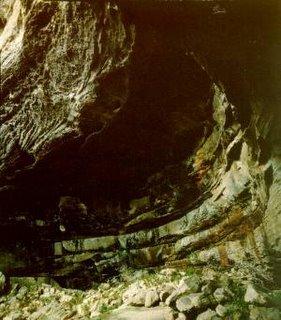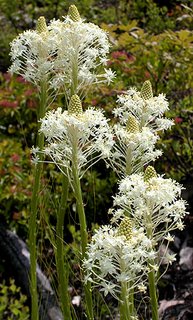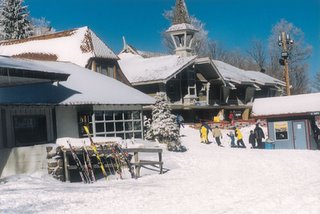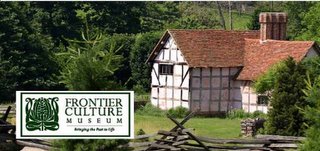Uncertainty over Future of Aldie Mill

Loudoun County Officials and the Virginia Outdoors Foundation (VOF) are at odds over the terms of Loudoun County taking ownership of the historic Aldie Mill in Aldie, Virginia.
The Virginia Outdoors Foundation, which has owned the mill since 1981, has been in negotiation with the county for more than two years with a view to transferring ownership to Loudoun. The county, in turn, has arranged to lease the building to the Virginia Organic Consumers and Producers Association, owned by Upperville businesswoman and philanthropist Sandy Lerner.Loudoun County officials voted unanimously last month to reject the deed as proposed; County officials feel that the VOF framework of the agreement would be to onerous for the county. But, the VOF, the state attorney general’s office and the Virginia Department of Historic Resources say “…they have a fiduciary duty to the commonwealth and a number of private donors who contributed to the restoration of the building to a working mill to ensure that it is protected in perpetuity.”
The county was expecting a deed similar to the 1981 transfer to VOF from the mill’s then owners, the Douglass family. That document is drawn up in very general terms and does not refer to specific restoration requirements or provide any protection clauses for the mill, which is listed on the Virginia and National Registers of Historic Places and is located in the county’s Aldie Historic District.
However, what the county got from the Virginia Attorney General’s Office late last November was a shock, officials said, noting the 2005 draft deed contained a number of “restrictions” and requirements that would require Department of Historic Resources oversight.
The deed clauses that appear to have incurred the county’s objection concern preservation and maintenance, all of which must be state approved.
It’s easy to see both sides of the argument as reasonable actually. To sum it up, the County feels that they can’t be expected, or afford, to sign a blank check to ensure the protection and continued maintenance and upkeep for future generations to enjoy. On the other hand, the VOF maintains that the policies are meant to ensure good stewardship in keeping with the donor’s wishes and intent and as a conservation organization; VOF should not let the property go without providing for its future protection.
You can read the article that the above excerpts were taken from here in Leesburg Today Online.

The Aldie Mill Today
Gristmills once dotted the landscape of Virginia and rural America, but most of them have now vanished or stand abandoned as silent witnesses of the past. At Aldie Mill, a working mill owned and operated by the Virginia Outdoors Foundation, the unique heritage of water-powered gristmills is remembered and preserved. The restored Aldie Mill, an imposing four-story brick structure with tandem metal waterwheels, offers visitors and students a glimpse of how life was lived in the rural South during a time when the Mill served as a vital center of the community.
Demonstration grinding and tours of the site take place on weekend afternoons. Historic research, archaeological investigations, historic preservation and restoration work, and educational programs form the core of the Mill’s mission.
An annual Art Show & Sale, held every June, is a major community event involving artists from around the region and as far away as Richmond and New York. Aldie Mill also participates in the Aldie Harvest Festival every October, when arts and crafts displays fill the village and crowds of spectators come to Aldie for a day of fun and celebration. The Mill is open from late April to late October: Saturdays, 12 – 5 P.M., and Sundays, 1 – 5 P.M. Special tours can be arranged by appointment during the week. Aldie Mill is located on U.S. Route 50, 1 mile west of the intersection of U.S. Routes 50 and 15.
Aldie Mill Historic Site
39401 John Mosby Highway,
P.O. Box 322
Aldie, Virginia 20105
You can read more about the Aldie Mill here including the history of the Mill.
Technorati Tags: [Blue Ridge][Aldie Mill][Loudoun County][Virginia][Virginia Outdoors Foundation][National Registers of Historic Places][Gristmills][Leesburg]




















































